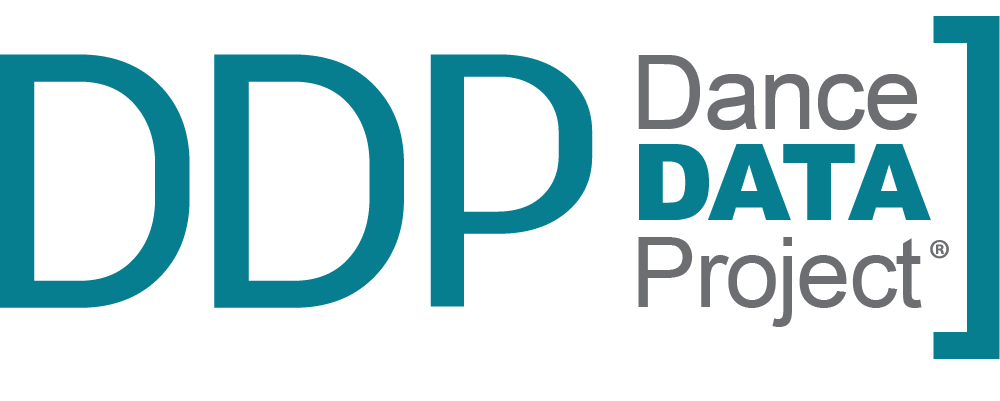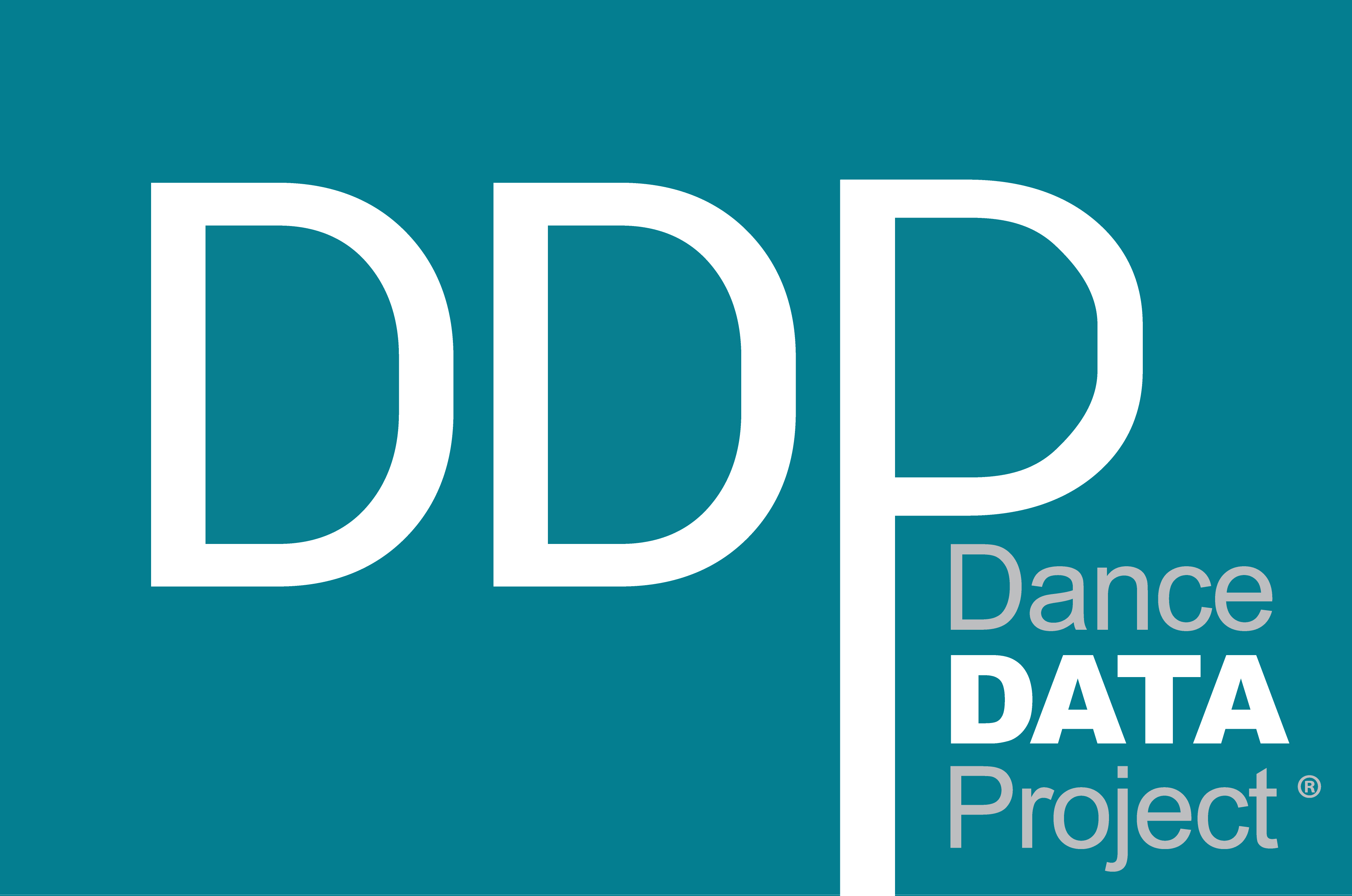DDP Talks To
"The Devil Ties My Tongue" by Amy Seiwert performed for the SKETCH Series, 2013. Photo by David DeSilva. Courtesy of Amy Seiwert's Imagery
April 30th: South Arts: Professional Development & Artistic Planning Grants, April 30th: South Arts: Express Grants, May 6th: Doris Duke Foundation Grant, May 7th: South Arts Individual Artist Career Opportunity Grant, May 27th: Dancemakers Residency, June 1st: Miami DanceMakers
×
"The Devil Ties My Tongue" by Amy Seiwert performed for the SKETCH Series, 2013. Photo by David DeSilva. Courtesy of Amy Seiwert's Imagery
DDP will cover stories from the corporate, for profit world regarding issues surrounding pay equity and transparency where relevant, such as other industries with low representation of women: tech, the sciences, venture capital, the entertainment industry, etc. to examine parallels between these male dominated spheres where informal hiring and word of mouth is the norm.
25 January 2019
By Madison Mainwaring
In a typical morning class at American Ballet Theater, the brightly lit studio feels like a laboratory. If you’ve watched these dancers in performance, you might be surprised at how messy they can be when practicing, falling out of turns, missing the landing of jumps.

On a Friday before “Nutcracker” season, the ballet master Vladilen Semenov remained relatively quiet, explaining a combination before stepping back to watch to the mixed class of men and women. But the dancers had their own agendas, testing their bodies in experiments of strength, flexibility and physics. A handful of the women, instead of going on point, stayed in slippers to try the men’s steps.
Ballet is widely seen as putting women on a pedestal — male dancers literally lift them over their heads — reinforcing conventional ideas about masculinity and femininity. The pas de deux, or romantic male-female duet, is considered by many to be the art form’s linchpin, but it can seem sentimental, or worse, sexist. Can ballet reflect contemporary ideas about gender? This question is crucial in determining its future standing and reception, especially among audience members unfamiliar with its traditions.
Read the full article in the New York Times.
6 November 2018
By Michael Paulson
There were babies at Studio 54.
That’s not a reference to actors dissatisfied with their dressing rooms or patrons griping about their seats.
It’s just that the play now being performed here — a journalism comedy, starring Daniel Radcliffe, Cherry Jones and Bobby Cannavale, called “The Lifespan of a Fact” — is the first on Broadway with an all-female design team. Most of them have children. And several of those children are very young.

So when Leigh Silverman, the director of the play, was putting together her team, she asked what seemed like a straightforward question: What would the new mothers among her designers need to manage the long hours required for preparing a new stage production?
The question of how well — or poorly — the theater world accommodates child care has been talked about for years, and is closely bound up with the discussion of why women are so underrepresented as writers, directors, and designers at the industry’s highest, and highest-paying, levels. Of the 20 nonmusical playsannounced for Broadway thus far this season, just three — including “Lifespan” — are directed by women.
Read the full article in the New York Times.

Oregon Artswatch shared a preview of a panel in April led by Brian McWhorter, the Eugene Ballet Music Director. Typically, DDP praises such panels as noble opportunities to analyze topics of inequity and the bizarre narratives that we accept as the norm in ballet. The upcoming panel, hosted by the University of Oregon, however, selected an image of a tutu-clad man in chains for its thumbnail and headlining poster. The content of “Ballet Outsider” seems appropriate and wide-ranging, but this image is grossly inappropriate and makes a joke out of the very real topics and challenges headlining this event. The gender held back by chains in this art is certainly not male. Read the event description below:
Inspired by the #MeToo movement, challenges to age-old ballet narratives, and questions surrounding race, gender roles, sexism, equality, eating disorders, and abuse in ballet, Eugene Ballet Music Director Brian McWhorter hosts a panel discussion exploring the state of ballet prior to the Eugene Ballet’s production of Romeo and Juliet. (The event is part of the ongoing Ballet Outsider series). Guest speakers include Lara Bovilsky, an associate professor of English at the University of Oregon whose work focuses on early modern British understandings of group and individual identity; Jamie Friedman, an assistant professor of English at Linfield College, who specializes in identity politics in 14th-century English literature; and Shannon Mockli, a University of Oregon associate professor of dance and choreographer known for provocative, individualistic work.
The next Ballet Outsider panel takes place at noon April 10. It will feature Eugene Ballet resident choreographer Suzanne Haag, who is choreographing an updated version of The Firebird that puts the story in a contemporary context.
Access the announcement of the panel here. Read about the panel in Oregon Artswatch.
By Jack Coyle
22 February 2018
According to Coyle’s recent article, in 2017, only 24% of protagonists were female, compared to 29% in 2016. While diversity inclusion in the films increased this year, concern for female representation, particularly in a year as outspoken as 2017 for women in film, is high.
Read more in the Chicago Tribune.
Reach out to us to learn more about our mission.
"The Devil Ties My Tongue" by Amy Seiwert performed for the SKETCH Series, 2013. Photo by David DeSilva. Courtesy of Amy Seiwert's Imagery
